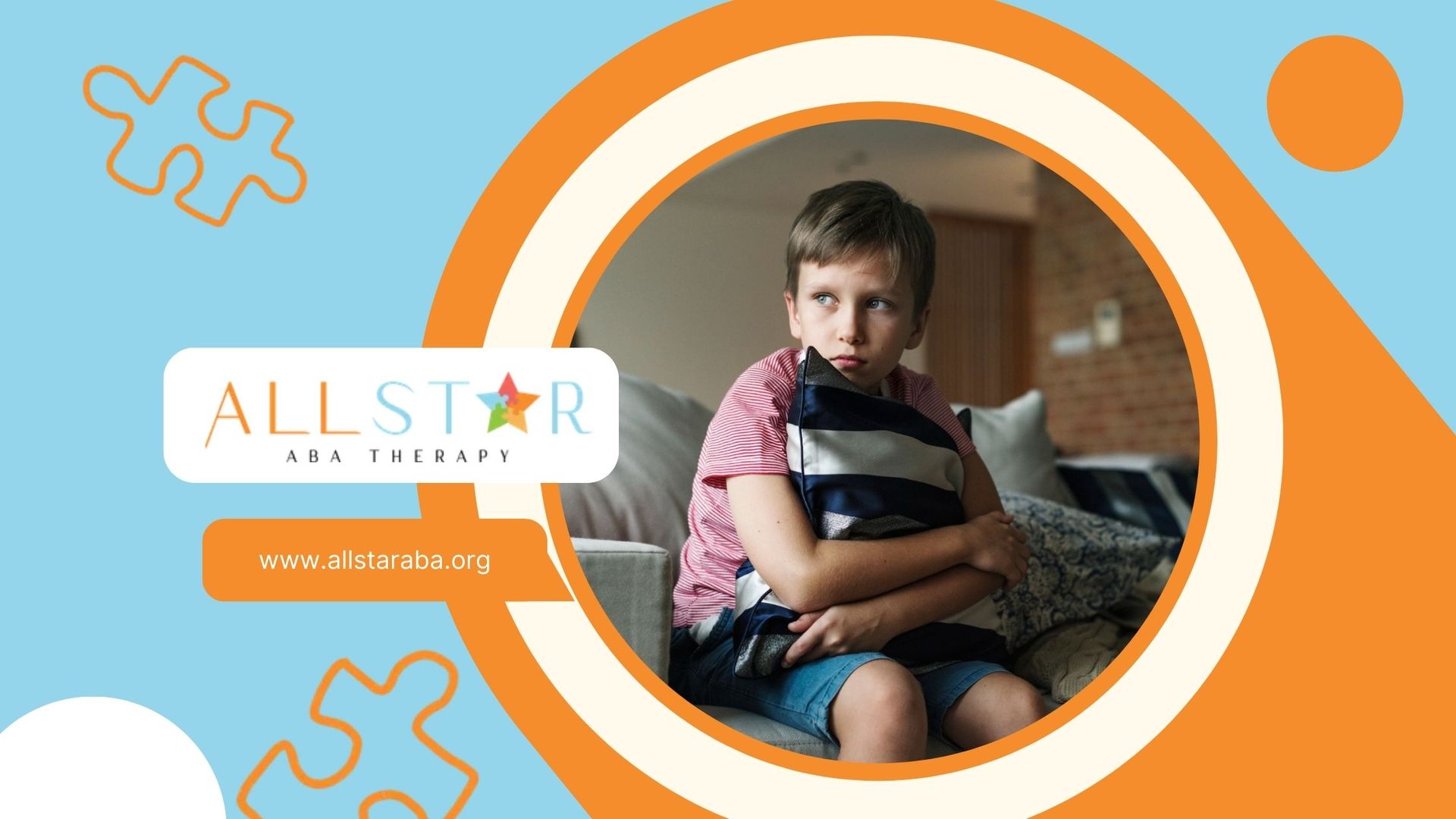New Paragraph
The Evolution of Autism: From Misconceptions to Acceptance
The Evolution of Autism: A Journey Through History
Autism has been part of human history for centuries, but how we understand and support autistic individuals has changed dramatically. From early misconceptions to modern research and advocacy, the evolution of autism has shaped the way we diagnose, treat, and embrace neurodiversity.
In this blog, we’ll explore the historical journey of autism, from its earliest mentions to today’s growing acceptance and support systems.
Early Perceptions of Autism
Before autism was formally recognized, individuals with autism-like traits were often misunderstood. Many historical accounts describe people with social difficulties, unique ways of thinking, and repetitive behaviors—traits that align with what we now recognize as autism.
1. Autism-Like Traits in History
Some scholars suggest that historical figures such as Albert Einstein, Isaac Newton, and Mozart may have shown characteristics of autism. While these claims remain speculative, they highlight the presence of autism throughout history.
In earlier centuries, children who struggled with social interaction and communication were often labeled as "idiots" or "possessed." Without proper knowledge, society often misunderstood and mistreated autistic individuals.
2. The First Clinical Observations
By the 18th and 19th centuries, medical professionals began documenting behaviors now associated with autism. However, these cases were usually categorized under broader intellectual disabilities or mental illnesses, leading to misdiagnoses.
It wasn’t until the 20th century that autism began to be studied as a distinct condition.
Autism Becomes a Recognized Diagnosis
1. Eugen Bleuler and the First Use of “Autism” (1911)
Swiss psychiatrist Eugen Bleuler first used the term “autism” in 1911 while studying schizophrenia. He derived it from the Greek word "autos," meaning "self," to describe individuals who withdrew into their own worlds.
While Bleuler didn’t define autism as a separate condition, his work laid the foundation for future research.
2. Leo Kanner’s Groundbreaking Study (1943)
The modern understanding of autism began with Leo Kanner, an Austrian-American psychiatrist, who published a study in 1943 on 11 children with unique characteristics:
- Social withdrawal
- Difficulty with communication
- Repetitive behaviors
Kanner called this condition "early infantile autism," distinguishing it from other developmental disorders. His research marked the first major step toward defining autism as we know it today.
3. Hans Asperger’s Research (1944)
At the same time, Austrian pediatrician Hans Asperger studied children with autism-like traits but stronger verbal skills. His work led to the later classification of Asperger’s Syndrome, a term that remained in use until 2013 when it was absorbed into the broader Autism Spectrum Disorder (ASD) classification.
How Autism Diagnosis Evolved
Over the years, the criteria for diagnosing autism have changed significantly to reflect our growing understanding of the condition.
1. Autism in the DSM (1980s-1990s)
In 1980, autism was officially recognized as a distinct condition in the Diagnostic and Statistical Manual of Mental Disorders (DSM-III). This was a major shift, separating autism from schizophrenia and other mental health disorders.
By 1994, the DSM-IV introduced Pervasive Developmental Disorders (PDDs), including:
- Autism Disorder
- Asperger’s Syndrome
- PDD-NOS (Pervasive Developmental Disorder-Not Otherwise Specified)
This helped create a broader understanding of autism’s variability.
2. The DSM-5 and the Autism Spectrum (2013)
In 2013, the DSM-5 removed previous subcategories and replaced them with the Autism Spectrum Disorder (ASD) diagnosis. This change reflected the idea that autism is not a single condition but a spectrum of traits and support needs.
The DSM-5 diagnosis is based on two main criteria:
- Social communication challenges
- Restricted, repetitive behaviors
This shift helped standardize diagnosis and ensure individuals received appropriate support.
The Rise of Autism Advocacy and Acceptance
1. The Growth of Autism Advocacy
Since the 1960s, autism advocacy organizations have played a key role in raising awareness and pushing for better policies.
Groups like the Autism Society of America (founded in 1965) and Autism Speaks (founded in 2005) have worked to improve autism education, services, and research funding.
2. From Awareness to Acceptance
In recent years, the focus has shifted from autism awareness to autism acceptance and neurodiversity advocacy.
The neurodiversity movement, led by autistic individuals, promotes the idea that autism is a natural variation of human thinking and should be accepted, not "fixed." This has led to greater emphasis on:
- Supporting autistic strengths
- Accommodating sensory and communication needs
- Creating inclusive environments
3. Autism-Friendly Policies and Inclusion
Governments, schools, and businesses are increasingly implementing policies to support autistic individuals, such as:
- Special education programs and Individualized Education Plans (IEPs)
- Workplace accommodations for autistic employees
- Sensory-friendly events in public spaces
These efforts help autistic individuals participate fully in society.
Modern Autism Support and Therapies
1. The Importance of Early Intervention
Research shows that early intervention greatly improves outcomes for autistic children. Supportive therapies include:
- Applied Behavior Analysis (ABA)
- Speech therapy
- Occupational therapy
2. Technology and Autism Support
Modern technology has provided new ways to support autistic individuals, such as:
- AAC (Augmentative and Alternative Communication) devices for nonverbal individuals
- Sensory-friendly apps for emotional regulation
- Virtual reality tools to develop social skills
3. A Personalized Approach
Today, autism support focuses on individualized care rather than a one-size-fits-all model. Autistic individuals receive tailored support based on their unique strengths and challenges.
Final Thoughts
The evolution of autism has been a journey from misunderstanding to acceptance. As research continues, so does our ability to provide meaningful support for autistic individuals.
At All Star ABA, we are dedicated to providing evidence-based ABA therapy tailored to each child’s needs. Our team collaborates with families to create personalized treatment plans that promote growth, independence, and confidence. Contact us today to learn how we can support your child’s journey.
Frequently Asked Questions
How has autism awareness changed over time?
Autism awareness has evolved from misconceptions to a better understanding of autism as a spectrum. Today, there is a stronger focus on acceptance, support, and neurodiversity.
Why was Asperger’s Syndrome removed from the DSM-5?
Asperger’s Syndrome was folded into Autism Spectrum Disorder (ASD) in 2013 because research showed that autism exists on a continuum rather than in separate categories.
What is the best approach to supporting autistic individuals?
Support should be individualized. Evidence-based therapies like ABA, speech therapy, and occupational therapy can be beneficial. It’s also important to foster inclusive environments and accommodate sensory needs.
Sources:
- https://pmc.ncbi.nlm.nih.gov/articles/PMC3757918/
- https://www.autismparentingmagazine.com/infantile-autism/
- https://www.webmd.com/brain/autism/mental-health-aspergers-syndrome
- https://pubmed.ncbi.nlm.nih.gov/3787052/
- https://www.ncbi.nlm.nih.gov/books/NBK519712/table/ch3.t1/
- https://www.psychiatry.org/psychiatrists/practice/dsm
Need Support?
We're Here to Help!
Our experienced team is ready to assist you. Reach out today to discuss how we can support your child's development and well-being.
Get started with expert ABA therapy today.
Related posts

All Star ABA delivers the gold standard of care, Applied Behavioral Analysis (ABA) therapy, for individuals diagnosed with ASD, from infancy to age 21.
Quick Links
All Rights Reserved | All Star ABA







